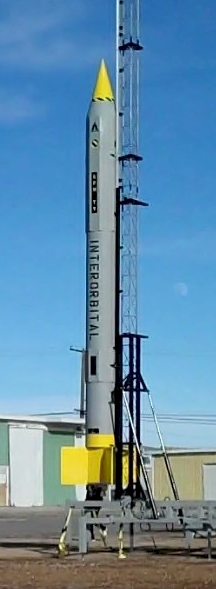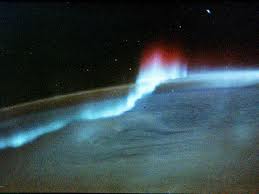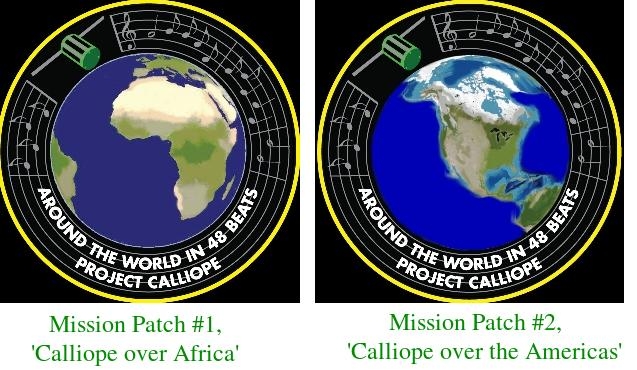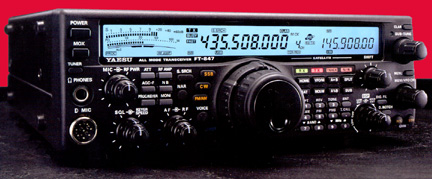How much are 1 million visitors worth? In the midst of my
bake sale for science, I am verifying the 1% rule. Greg Stolze noted, why have 94 people 'liked' my fundraiser on Facebook, but only 30 people actually contributed? I am 3/4th through the time left on my fundraiser, with only 1/2 of my goal reached. Let's talk about how one million can become 100 very quickly.
My Project Calliope satellite will be launched on an Interorbital Systems (IOS) rocket-- but IOS hasn't yet launched into orbit. Where are they, how close are we to launch, and what's the risk?
Ad: Support Calliope-- limited edition flight gear available until May 21 at kickstarter!
A colleague I respect, Peter Ong Lim, has good points about whether the Project Calliope satellite is citizen science or personal science. Darlene Cavalier gave the definition of 'citizen scientist' as "people who aren't trained in science but help real scientists." I would define 'personal science' as what you call citizen science if the citizen isn't plugged into an existing science network/channel like SETI or such.
You could also call it mad science or individual/small group science projects. I would put amateur astronomy into the 'personal science' more than 'citizen science'. You're not helping an established scientist, but doing bonafide research on your own. I'd also put some of the DIY/Maker efforts in that category.
I am launching my Project Calliope picosatellite on an Interorbital Systems (IOS) rocket. IOS invented the Tubesat format. What if Interorbital fails-- their rockets all blow up, they run out of money, they decide to do interpretive dance instead of rockets? Is Calliope dead?
There's a joke "what if schools got fully funded and the military had to run a bake sale to buy their next aircraft carrier?" I'm here to tell you how to run your own Bake Sale for Science!
Except, without the baking part. Curious how to fundraise for science? I set about fundraising and, in the process, will share lessons learned. I'll also cover how much a picosatellite costs.
For the curious space fan, think about what all the big NASA missions have. Just like Project Calliope, they have rockets and hardware and really cool science. But what they have that I lack is... Mission flight patches! Flight pins! Souvenirs!
Upon launch, there will be 32 picosatellites, all desperately trying to beam their messages to Earth. FCC frequency coordination and requirements are the next hurdle to solve for Project Calliope.
Calliope is an amateur mission so we play by amateur radio rules. Calliope is armed with a half-watt Radiometrix transmitter. I already have an FCC-issued amateur HAM radio technican-class license, but that is just the first step.
 At MakerFaire NYC
At MakerFaire NYC Concepts For A CubeSat LARP
Concepts For A CubeSat LARP Putting a TARDIS in Space?
Putting a TARDIS in Space? Who Can Launch a CubeSat?
Who Can Launch a CubeSat?







